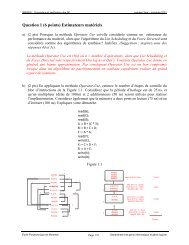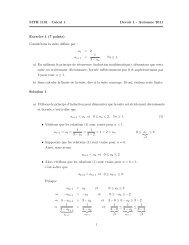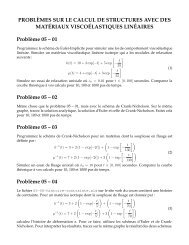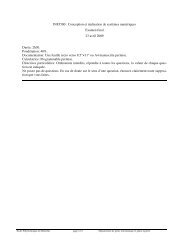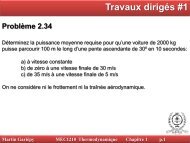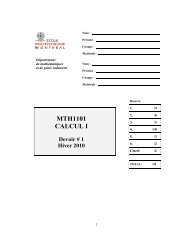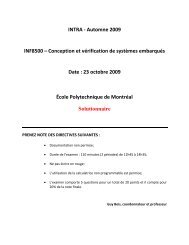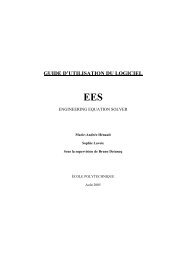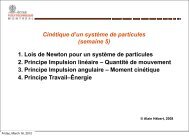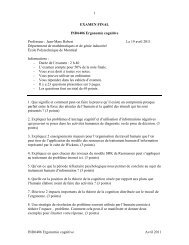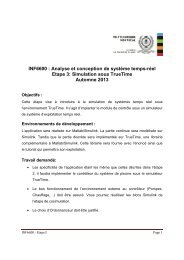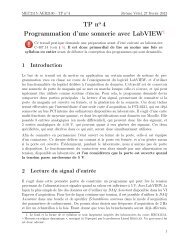Definition of cross sections 1 - Moodle
Definition of cross sections 1 - Moodle
Definition of cross sections 1 - Moodle
Create successful ePaper yourself
Turn your PDF publications into a flip-book with our unique Google optimized e-Paper software.
Low-energy variation <strong>of</strong> <strong>cross</strong> <strong>sections</strong> 21. These equations are valid at energies E ≤ 300 keV for a heavy nuclide and atenergies E ≤ 1 MeV for an intermediate nuclide (A ≃ 40).2. We will next consider an isotope without negative resonance and without resonancesin the thermal energy domain. In this case, the energy-variation <strong>of</strong> the <strong>cross</strong> <strong>sections</strong>at thermal energies is dictated by the energy variation <strong>of</strong> ̷λ and Γ n,1 . Theabsorption-type widths, such as Γ γ,1 or Γ f,1 , are constant in energy.3. The neutron width Γ n,1 , on the other hand, varies as √ E for a s wave interaction, asE 3/2 for a p wave interaction and as E 5/2 for a d wave interaction. The squaredreduced wavelength ̷λ 2 varies as 1/E.4. We therefore observe that s wave absorption-type reactions feature a characteristic1/v–dependence. At low energies, the probability <strong>of</strong> these interactions is directlyproportional to the time the neutron spends within the reach <strong>of</strong> the nuclear force.5. Assuming s wave interaction, we see that σ e (e exc ) is almost constant at low energyand that the absorption-type reactions with no threshold energy vary as 1/ √ E.ENE6101: Week 4 Cross <strong>sections</strong> – 37/37



